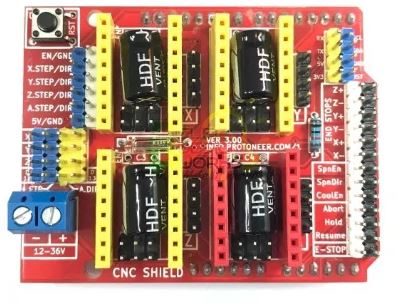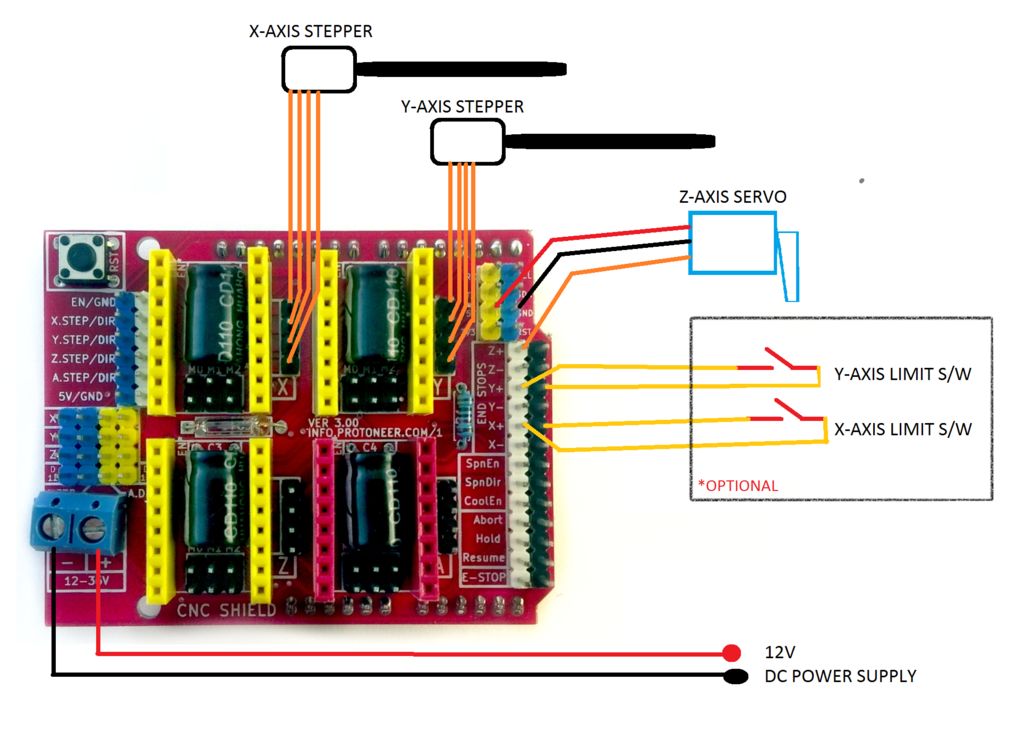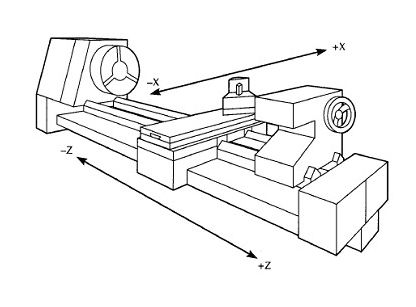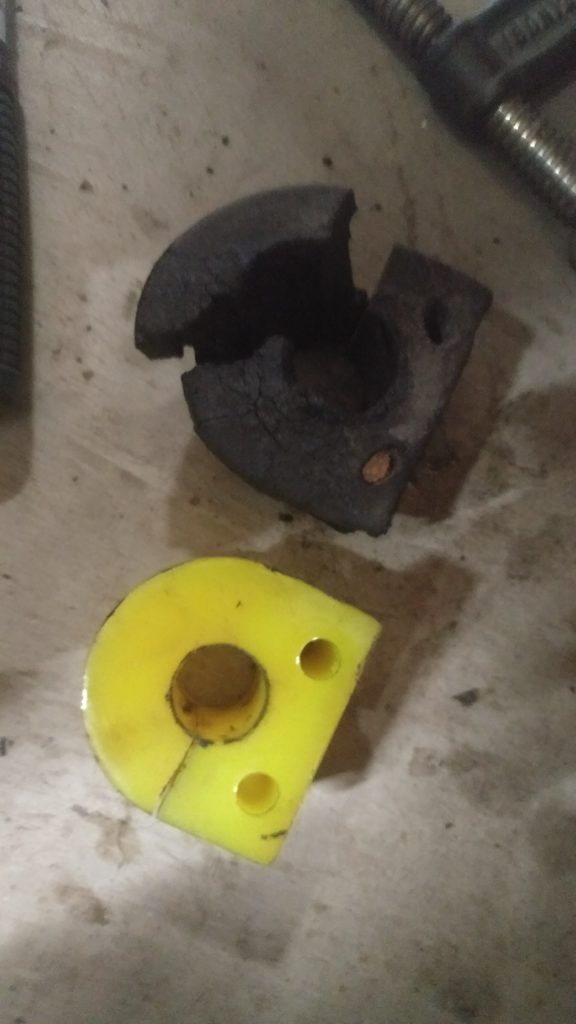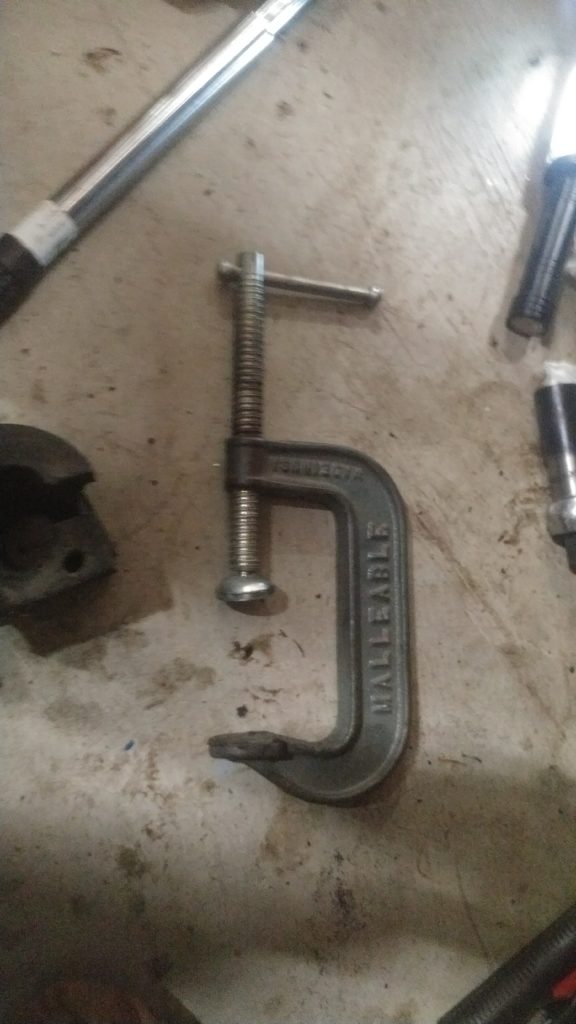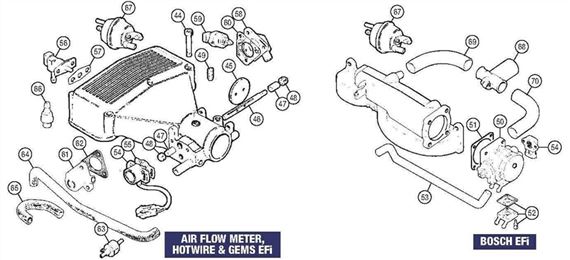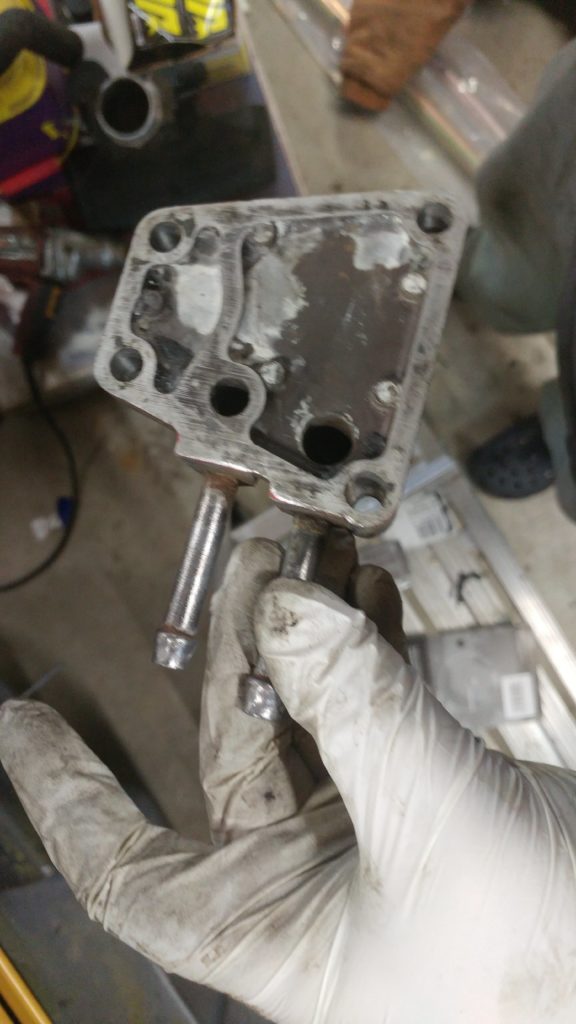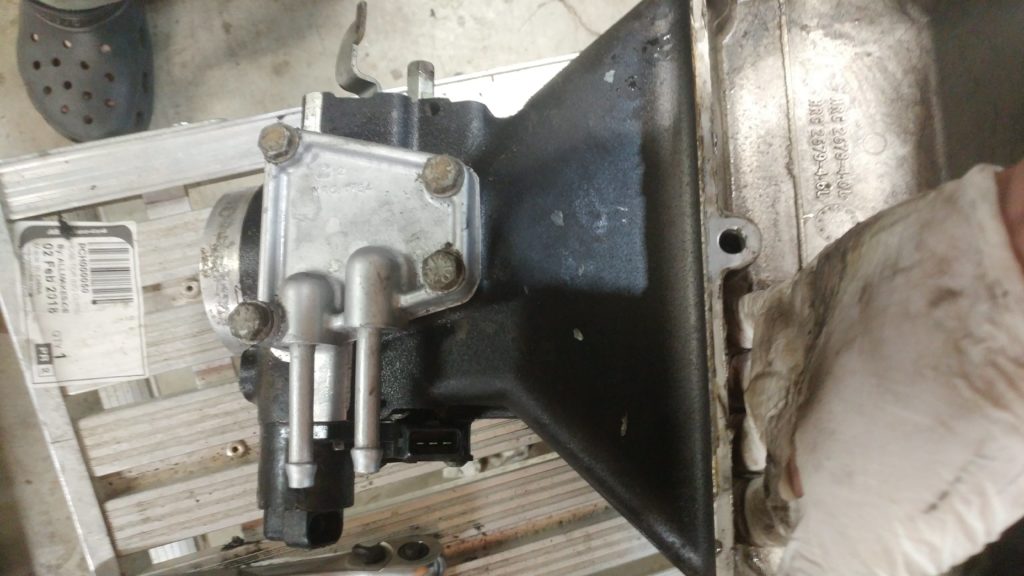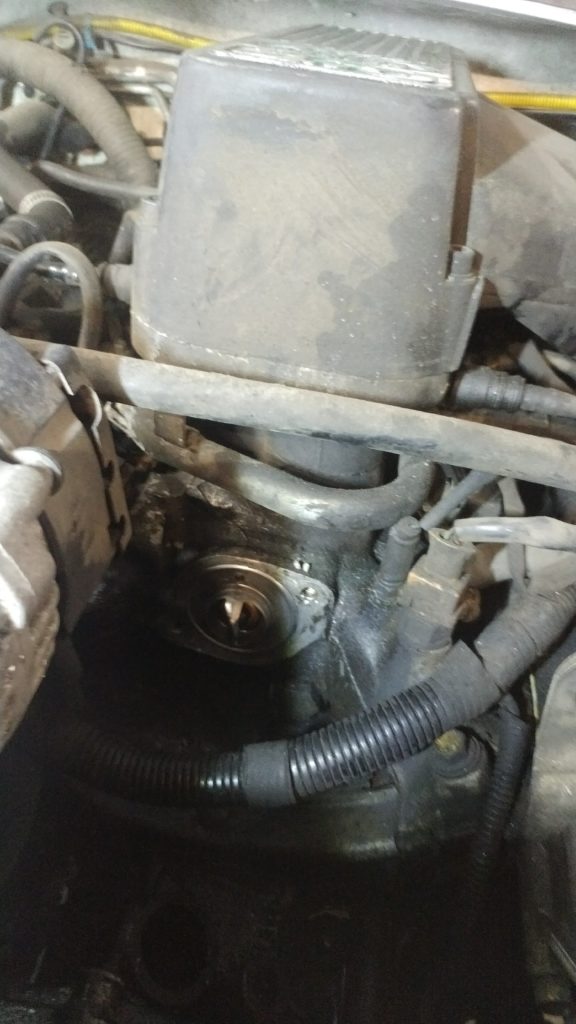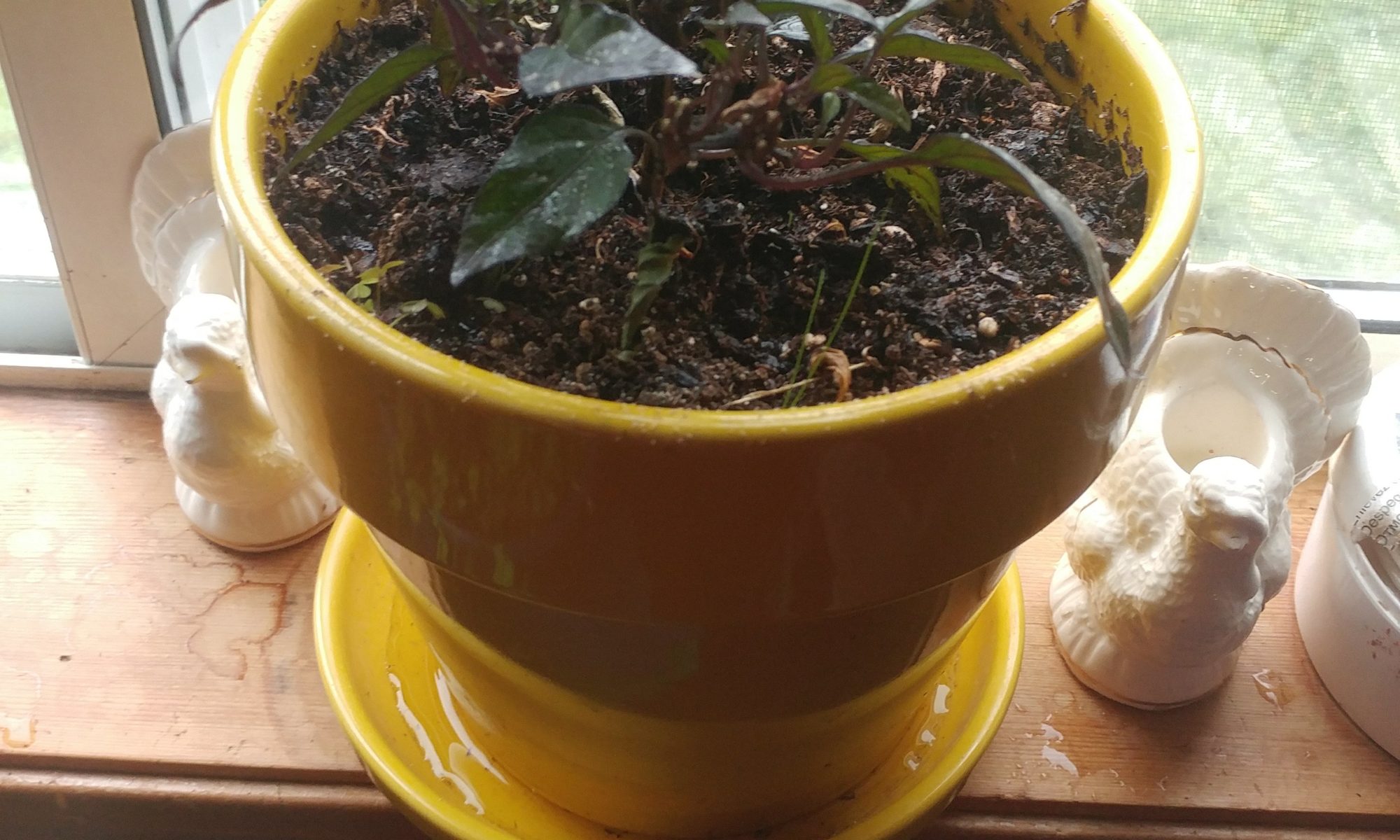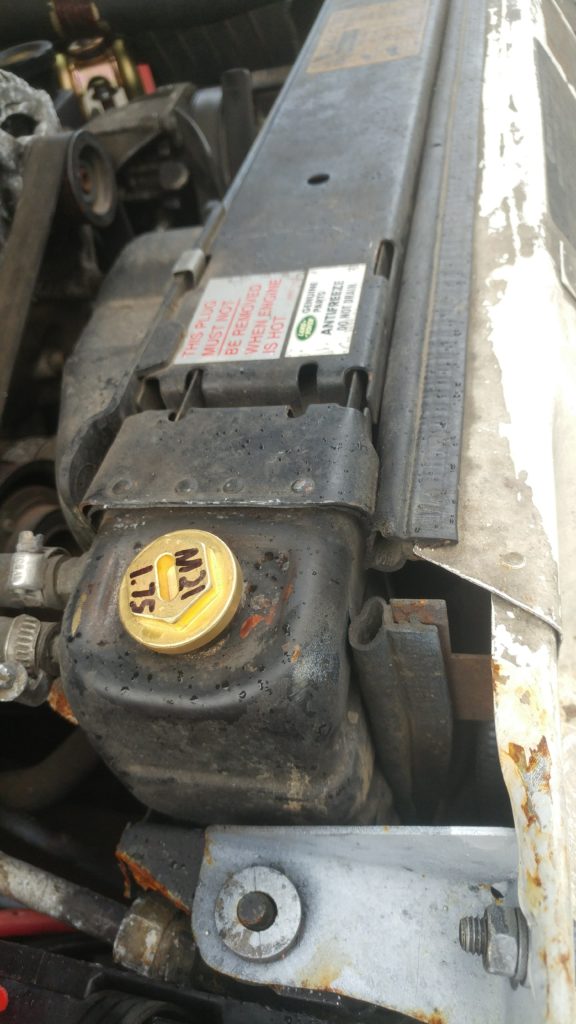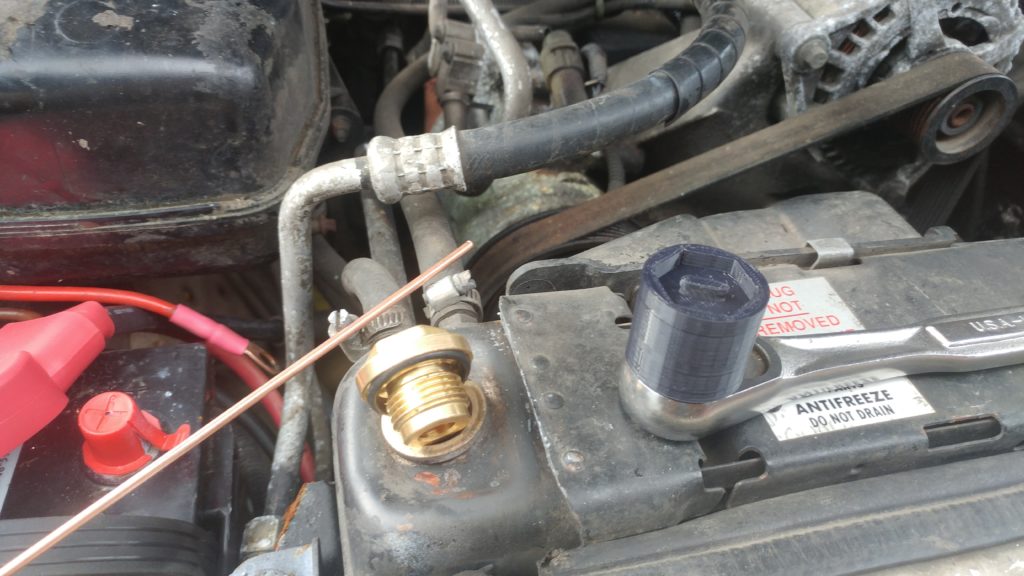Although you can use the Serial Monitor in the Arduino IDE for testing the install of GRBL by opening the serial port at 115200 baud, I wanted something a little cooler to do that with, so here’s some software we can use to make it a lot easier to use. I have DSL still, as I live out in the middle of nowhere, so I’m not going to use something online like Fusion360, or ChilliPepper.
Manually doing stuff
The best lookup document I found is here: http://www.diymachining.com/downloads/GRBL_Settings_Pocket_Guide_Rev_B.pdf
The basic commands are found here: https://github.com/gnea/grbl/wiki/Grbl-v1.1-Commands
You can choose to manually type a bunch of stuff in, and run it… good luck with that.
Controller programs
I’ve so far used GrblPanel, and Universal Gcode Sender. Both have their flaws, but both sorta work.
GrblPanel
GrblPanel has one major flaw. It runs on Windows. I had to borrow a laptop from work to get a copy of windows. It spins the motors, and seems to be pretty good for just moving the motors manually.
You can get your very own copy here: https://github.com/gerritv/Grbl-Panel/releases
Universal Gcode Sender
This is the standard for GRBL that is not too bad. Fairly short learning curve, but you do have to install Java.
You can get your very own copy here: https://winder.github.io/ugs_website/
Raspberry PI CNC
There is one other option which seems like a better one in the long term.. add wifi to the bender using a Raspberry PI. Not sure I’m going to go down this road on this project,, maybe on my 3040 refit, but the link to do it is here: https://wiki.protoneer.co.nz/Raspberry_Pi_CNC_-_Quick_Start_Guide

